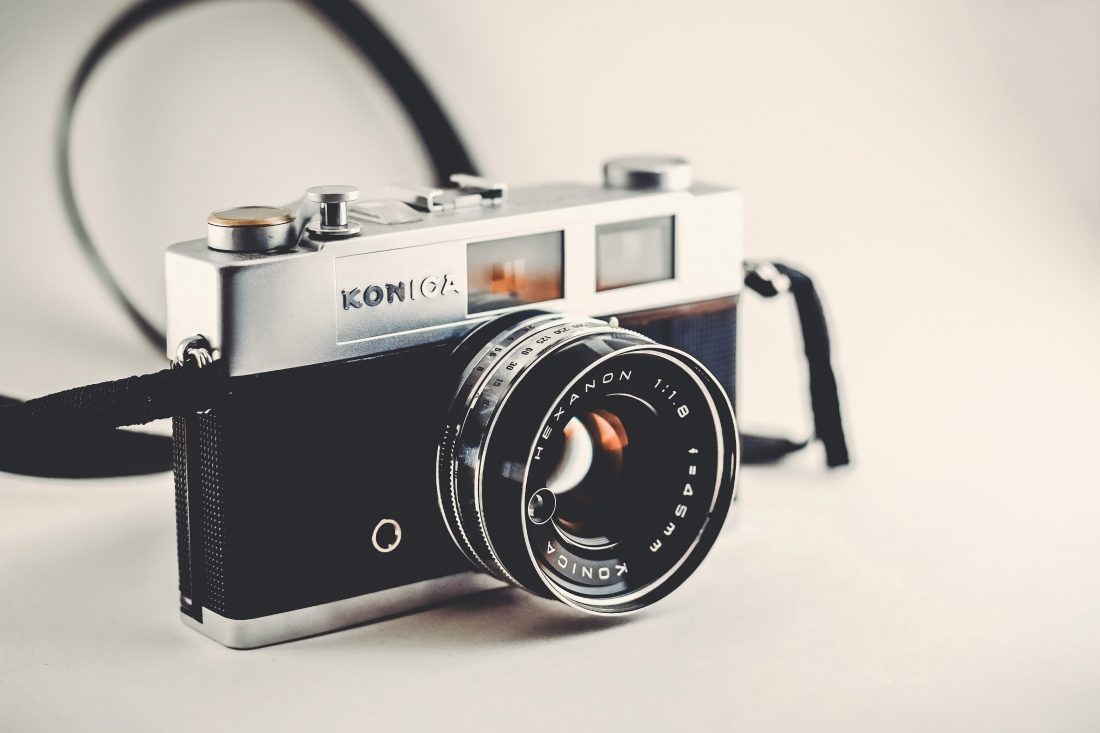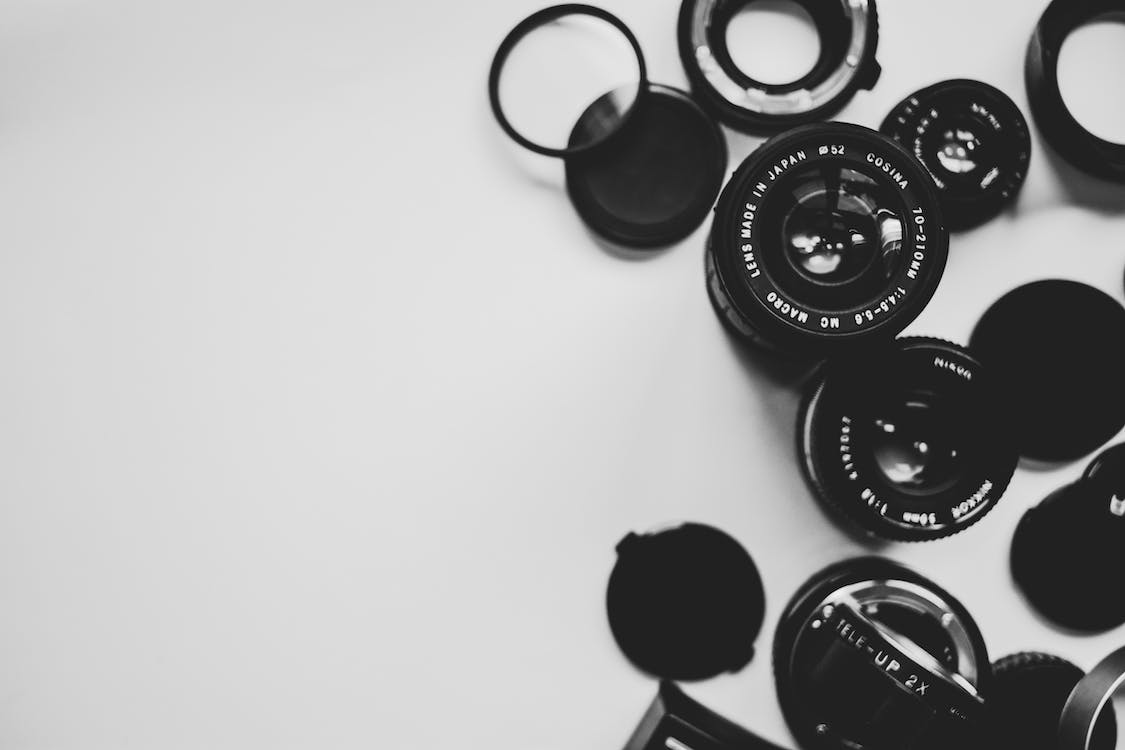
Mamiya X-1000 (1974) — Mamiya XTL Bayonet Mount Film Camera
What is the Mamiya X-1000?
The Mamiya X-1000 is a film camera introduced by the Japanese camera manufacturer Mamiya in 1974. It is part of the Mamiya XTL series and features a bayonet mount. This camera received significant attention and popularity during its time for its advanced features and excellent image quality.
Technical Specifications
– Film Format: 35mm
– Lens Mount: Mamiya XTL bayonet mount
– Shutter Speed: 1 to 1/1000 seconds
– Exposure Metering: TTL center-weighted average metering
– Viewfinder: Pentaprism with a split-image focusing screen
– Film Advance: Manual lever
– Dimensions: 143 x 93 x 50 mm
– Weight: 625g (body only)
Features and Functionality
The Mamiya X-1000 incorporates a range of features that make it a versatile and reliable film camera. Some notable features include:
1. Bayonet Mount: The X-1000 utilizes the Mamiya XTL bayonet mount, allowing for easy and secure lens interchangeability.
2. TTL Metering: The camera employs a TTL (Through-The-Lens) center-weighted average metering system, ensuring accurate exposure readings.
3. Pentaprism Viewfinder: Equipped with a pentaprism viewfinder, the X-1000 offers a bright and clear view of the subject, enhanced by a split-image focusing screen for precise focusing.
4. Manual Film Advance: The camera incorporates a manual film advance lever, providing control over the advancement of the film for multiple exposures or specific frame adjustments.
Experience with the Mamiya X-1000
Having had the opportunity to shoot with the Mamiya X-1000, I can confidently say that it delivers exceptional image quality and a satisfying shooting experience. The bayonet mount ensures a solid connection between the camera body and lenses, allowing for seamless lens changes without any play or wiggle.
The TTL metering system consistently produced accurate exposures, even in challenging lighting conditions. The pentaprism viewfinder offered a clear and bright view of the scene, making focusing and composition effortless.
One aspect that stood out was the manual film advance lever. While it may seem like a small detail, it added a sense of control and engagement with the camera. It allowed for precise adjustments between frames, enhancing creativity and expression in my photography.
In terms of build quality, the Mamiya X-1000 exudes a robust and durable feel. The camera’s compact size and relatively lightweight make it a practical choice for both on-the-go and studio photography.
Availability and Pricing
As the Mamiya X-1000 was released in 1974, it is no longer in production. However, it can still be found on the second-hand market, both online and in specialized camera stores. Prices may vary depending on the condition of the camera and any accompanying accessories. It is advisable to consult reputable sources and knowledgeable sellers to ensure a fair and accurate purchase.
In conclusion, the Mamiya X-1000 is a noteworthy film camera that offers advanced features and outstanding image quality. Its bayonet mount, TTL metering, and manual film advance lever contribute to an enjoyable shooting experience. Although it may no longer be in production, it remains a sought-after camera among photography enthusiasts and collectors.
